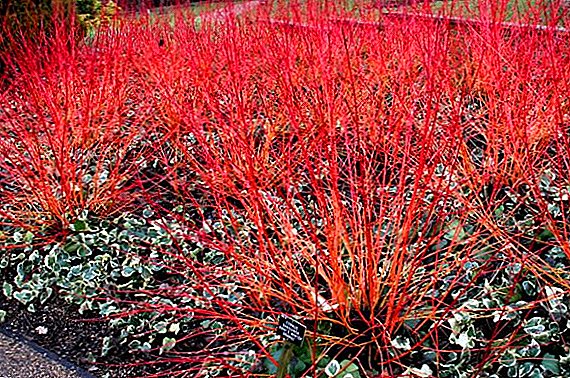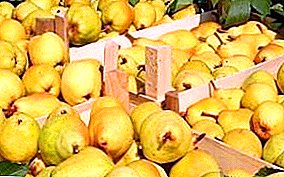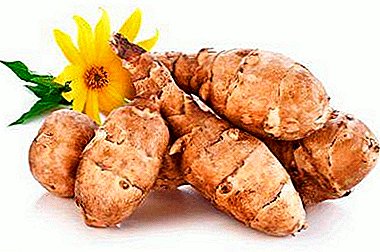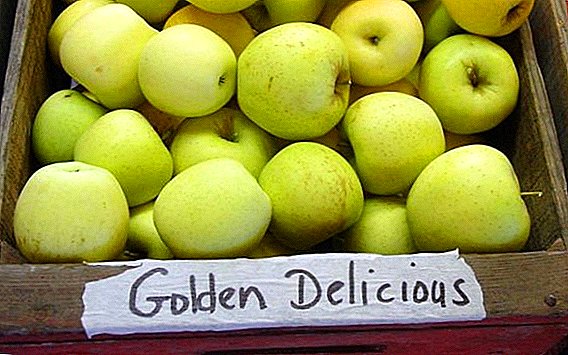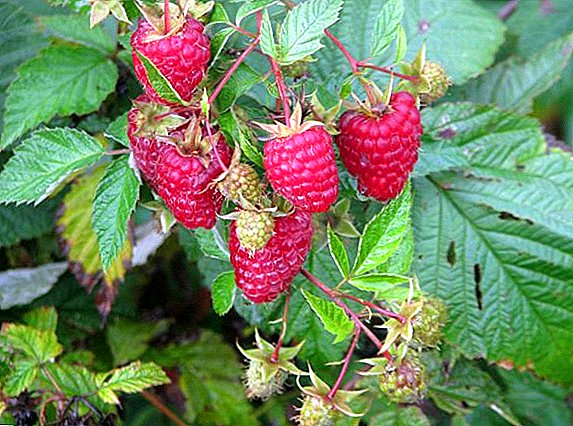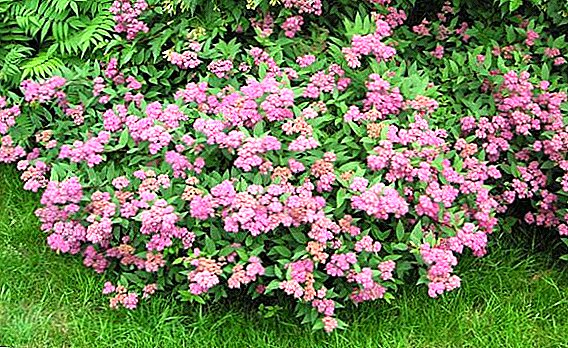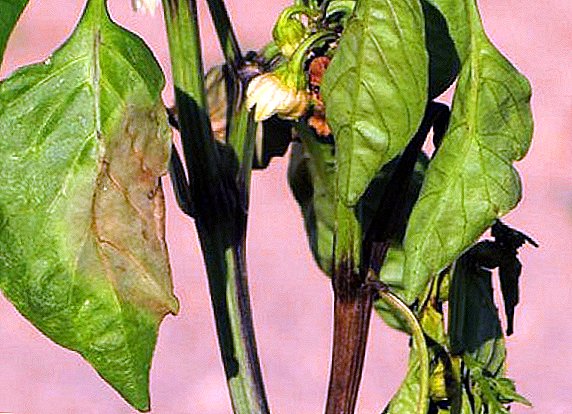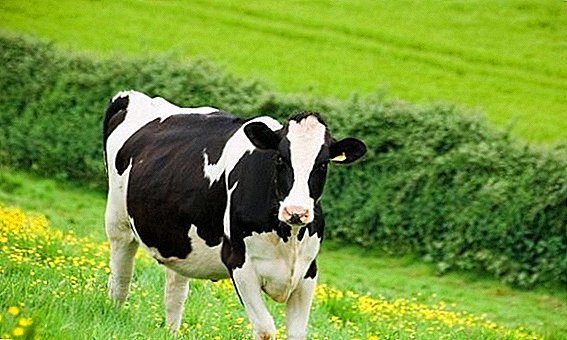 Around the world, the most common breed of dairy cows is Holstein, or Holstein-Friesian. Besides the fact that it provides, with proper care, a record amount of high-quality milk, bulls of this breed, due to their large size and weight, are used to produce a large amount of dietary beef with high taste qualities.
Around the world, the most common breed of dairy cows is Holstein, or Holstein-Friesian. Besides the fact that it provides, with proper care, a record amount of high-quality milk, bulls of this breed, due to their large size and weight, are used to produce a large amount of dietary beef with high taste qualities.
Breed history and description
The place from where this breed originates, in different sources called Holland and America. This is equally true, since the history of selection of Holstein-Frisian dairy cows has deep roots. 
Selection work
Brought to the territory of Frisia by German settlers in the 1st century BC. Black cows, in combination with local white Frisian, began to form a special breed, later called Holstein-Friesian.
Read also about other breeds of dairy cows, such as the Dutch, Jersey, black and motley, Ayrshire.
In the XIII century, the territory of Frisia as a result of geological processes was divided by a large lake, the population of cows was divided and the Holstein and Friesian branches continued to develop autonomously from each other. At the beginning of the XVIII century, as a result of the historical events of the population, they were reunited and the breed received the modern double name.  During the 19th century, the breed was improved by American breeders led by Winston Chenery, which ended in 1872 with the publication of a stud book.
During the 19th century, the breed was improved by American breeders led by Winston Chenery, which ended in 1872 with the publication of a stud book.
Important! Apart from minor random impurities, the selection of the Holstein-Friesian breed was clean. Moreover, its interbreeding with other breeds may produce weak offspring with imperfections and defects or simply low productivity. So the Holstein cows are purebred, with excellent characteristics and potential.
External features
Despite the fact that the Holsteiners are primarily dairy cows, they are quite large: the average weight of heifers is 6-7 centners, the bulls are about 9 centners. With the help of enhanced nutrition, these figures can be increased by 2-3 centners.
At the withers the cows reach 145-150 centimeters in height, the bulls are about 160 centimeters tall. The chest in animals of this breed has a characteristic 83-86-centimeter depth and 64-centimeter width, the pelvis reaches 62 centimeters.  The exterior of animals corresponds to their dairy orientation:
The exterior of animals corresponds to their dairy orientation:
- the head is not heavy, looks neat;
- body - deep, wedge-shaped, long;
- straight croup;
- long shoulders are wide;
- the loin is wide enough;
- short legs set correctly;
- in cows, in spite of their impressive size, they have a bowl-shaped udder, on which the milk veins are clearly distinguished.
Learn more about breeding cattle in the private sector: cow pregnancy, keeping newborn calves, feeding calves for rapid growth; choosing a good calf when you buy; nicknames for calves; how and how many times to milk a cow.
The most common in this breed is considered to be black-and-pie suit. Animals of this color have maximum milk yield. The red-piebald color caused by the recessive gene is not so widespread and was rejected earlier, but is currently isolated as a separate breed. The yield of these animals is lower, but the milk is more fat. It is considered very rare to have a bluish-pagay color, which is obtained by mixing black and white hairs of wool.
Important! How dairy cow, experienced owners determine by what form the udder, and how developed dairy veins. If it is too large, and even irregularly shaped, chances are high that the animal gives little milk.
Productive characteristics
Holstein cows have a functional body structure, providing good feed intake, numerous abundant lactations, fecundity and ease of calving. Long-term selection has enabled their intestines and stomachs to break down coarse food, yet the lion's share of productivity depends on the quality and quantity of food: enhanced weight gain and large yields will provide good quality food, reducing the quality of food will not slow down the decline.  Here are some indicators of productivity of Holstein cows:
Here are some indicators of productivity of Holstein cows:
- lactation lasts 305 days. The size of the milk yield varies greatly depending on the living conditions, the quality of food and the number of past lactations. In our latitudes such cows are capable of producing about 7.5 thousand kilograms of milk with a fat content of 3.8%. Red-pieballed Dutch give less milk than black-piebalized - up to 4 thousand kilograms, but it is fatter, the percentage of fat reaches 3.9;
- Holstein cows are not quick, puberty comes at the age of one. The first pregnancy lasts for 24 months, then with good care such a cow can have 2-3 calves for 4 years, taking into account the need to give the animals rest to restore the resource, the so-called dead wood, which ranges from 50 to 70 days, depending on the age of the animal and its states. Their fecundity is very satisfactory: they give from 83 to 90 calves per 100 queens;
- compared to pure meat lines meat yield is slightly less, 50-55%, in some cases - up to 60%however, this is offset by the rapid growth of young bulls and the quality of beef produced. A newborn bull has a weight of 38-50 kg and within 15 months with appropriate care and nutrition can increase it by 7-10 times. In the event of this period, the gain is reduced and it becomes impractical to keep the animal for a longer time. All bulls, not intended for reproduction, are sent for slaughter. The meat of young bulls of this breed is tender, has high taste qualities and low fat content, this beef is considered dietary.

Advantages and disadvantages
This breed has undoubted advantages:
- the maximum milk yield places the Holsteins in the first place in terms of milk production, despite the fact that the fat content of milk shows average values;
- large size and weight of animals of both sexes make it possible to get up to half a ton of beef and offal from one slaughtered individual;
- non-productive age is relatively small due to the fact that puberty begins at the age of one;
- representatives of this breed are able to live in different climatic zones, adapting to local conditions;
- they have good immunity and with proper care they will not create the owner of the extra hassle associated with veterinary medicine.
 disadvantages are such for small farmer and private households, where it is difficult to create the conditions necessary for Holstein cows:
disadvantages are such for small farmer and private households, where it is difficult to create the conditions necessary for Holstein cows:
- these animals are very clean, which in itself is more of an advantage, but errors in care and violation of sanitary standards will negatively affect their productivity;
- violation of the principles of maintenance, such as purity, warmth, lack of drafts, will lead to susceptibility to infectious diseases;
- Dutch cows require a lot of high-quality feed, especially in the winter, when in accordance with natural cycles, the amount of milk yield naturally decreases;
- These animals are very susceptible to stress, which may result from veterinary activities, other sounds and other causes for concern. Stress significantly reduces the yield;
- compared to the meat lines of the Dutch breed, there is a relatively small meat yield;
- Holshtinki badly take root in regions with a harsh climate.
Important! It is better to avoid buying an adult Holstein cow, as well as its transportation and relocation to another place. Agitated by stress, she is likely to lose weight and significantly reduce her productivity, which will negate the fact of such an acquisition.
Maintenance and care
Inspired by the high milk yield, the farmer can decide that the possible problems with Holstein cows are completely surmountable, and it’s worth it. However, not everyone is able to create the conditions necessary for these animals in which they could maximize their potential. Strictly speaking, such a cow is usually not capable of small farms. As a rule, these are cows for large agricultural industrial enterprises.  They are very demanding of conditions that are not so easy to create and maintain, as well as subject to stress, not the best way affecting productivity.
They are very demanding of conditions that are not so easy to create and maintain, as well as subject to stress, not the best way affecting productivity.
Did you know? Cows have a fairly high intelligence, which equate to a dog: people were able to distinguish 11 intonations in cow mooing, animals are able to learn from each other, they feel affection for other individuals and show tenderness towards them.
Summer walking ground
Holstein cows cannot be kept on pasture continuously, although they require fresh air and sunlight for better metabolism and maintaining high productivity. The best option for grazing in the fresh air will be the equipment of the walking area.
Paddock required to equip with a canopy, under which all the cows will be able to accommodate. In no case should you prevent overheating - these are stressful conditions for the animal's body, the heat can even lead to its death. If there is not enough shed at all, in conditions of overheating, the animals become aggressive, their appetite decreases, and even growth slows down. It is better to make the canopy non-stationary due to the danger of accumulation of garbage, moisture and pus on it, which entails the danger of the disease of cows with mastitis.  To maintain a high level of lactation and in the fight against possible overheating, cows should have access to fresh water without harmful impurities. During the day, the cows drink about 50 liters per individual per day.
To maintain a high level of lactation and in the fight against possible overheating, cows should have access to fresh water without harmful impurities. During the day, the cows drink about 50 liters per individual per day.
Holstein cows must be given 4-6 times throughout the day to maintain a high level of lactation; this process is much more difficult to organize on a pasture than on a walking ground.
Arrangement of the barn
The barn should be warm, preferably brick or limestone, wooden it can not be done. It is necessary to warm the room, to equip with windows for lighting and ventilation, with a dirt or clay floor.
Important! Cement flooring should not be made in the barn: it can damage the hooves and legs of animals, cause traumatic situations and hypothermia.
The place of keeping Holstein cows should include:
- comfortable stalls and galleries;
- recreation areas;
- special milking halls;
- veterinary zones.
 Feeders as well as drinkers should be made of materials that do not emit odors, do not affect the taste, are easy to clean and disinfect.
Feeders as well as drinkers should be made of materials that do not emit odors, do not affect the taste, are easy to clean and disinfect.
Learn more about making your own barn (ventilation, stall, drinkers), and also about loose housing for cows.
Conditions of detention
It is believed that the Dutch cows are well adapted to both warm conditions and relatively cold, although the harsh climate does not suit them.
A comfortable temperature range for Holstein cows is 5-20 degrees above zero, the temperature in the barn should be about +20, but not higher than +30 degrees. If the temperature is higher or lower, the animals are under stress, which affects productivity.
Draft is very dangerous for Holshtinki, because they are at risk of mastitis. The barn should be equipped with large windows in order to fully ensure its illumination during the daytime.  In order not to expose animals to the danger of infectious diseases, they themselves, their dishes and the room where they live need to be cleaned regularly.
In order not to expose animals to the danger of infectious diseases, they themselves, their dishes and the room where they live need to be cleaned regularly.
Important! Holstein cows are docile and affectionate, but their character can deteriorate if kept in inappropriate sanitary conditions.
Cleaning the barn
The sanitary conditions of Holstein cows provide for regular cleaning of their habitat. These are very clean animals, and their skin is never very dirty, however it needs regular cleaning, it also requires washing, trimming of hoofs and other hygienic measures.
For the convenience of manure removal, a groove is made at the stall in the floor, from which it is easier to collect and dispose of waste. It is located as far as possible from the trough. It is required to regularly replace contaminated or wet litter.  Drinking bowls and troughs should be washed frequently and regularly, avoiding a situation where there is still uneaten food or animals have stale water. Before transferring the animals for the winter to the barn in the room, general cleaning should be carried out and surfaces and dishes should be disinfected.
Drinking bowls and troughs should be washed frequently and regularly, avoiding a situation where there is still uneaten food or animals have stale water. Before transferring the animals for the winter to the barn in the room, general cleaning should be carried out and surfaces and dishes should be disinfected.
Did you know? For many people over the centuries, and for some until recently, the cow was a means of payment, as well as a currency standard, along with precious metals, furs and slaves.
Feeding ration
The quality and quantity of feed consumed by the cow is directly correlated with the quality and quantity of milk produced. Dutch women are very demanding to food, they can not be fed the usual food, which is used for the rest of the livestock. Even in the winter period, one should take care of a sufficient supply of food rare for this time of year, otherwise the cow can irreversibly reduce its productivity.
The diet of a lactating cow consists of a balanced set of types of feed:
- plant and animal;
- synthesized by chemical and microbiological methods;
- feed and mixtures;
- vitamins and mineral supplements.
 Meals contain up to 10% of protein and protein, the lack of which entails an overrun of feed and a drop in productivity.
Meals contain up to 10% of protein and protein, the lack of which entails an overrun of feed and a drop in productivity.Did you know? In the process of evolution, the bulls, without being provided with claws, fangs and other means of self-defense, acquired the ability to take food and run away, and then in a calm environment to burn it - that is, they became ruminant.
At all times of the year, the Holshtins need:
- silo;
- hay;
- grain;
- root vegetables;
- hay of legumes - vetch, clover, alfalfa, and so on.
To strengthen the immune system of cattle and improve performance, you need to add vitamins to its diet. If a cow gives less than 20 kilograms of milk per milk yield, it needs 105 grams of protein per feed unit, if more than 20 kilograms, it needs 110 grams.
So, a Holstein cow requires:
- feed with protein - about 30 kilograms;
- bean hay - about 20 kilograms;
- green grass - unlimited volume.
Important! In order to denote the nutritional value of feed, which can provide an animal with different amounts of energy, there is a unified concept of "feed unit", which corresponds to a kilogram of oats.
Summer walking in the pasture
In summertime, meadow grazing is mandatory for such cows, but a gradual transition to fresh greens should be made to avoid digestive disorders.  Before releasing an animal in the pasture early in the morning, it is watered with water and fed with mash. It is also recommended to feed and feed the cow to pasture during the day with feed, and feed it in the evening after it has been placed in the barn.
Before releasing an animal in the pasture early in the morning, it is watered with water and fed with mash. It is also recommended to feed and feed the cow to pasture during the day with feed, and feed it in the evening after it has been placed in the barn.
Unlike lactating females, males of this breed are better kept in stalls, where they feed better and gain weight without wasting energy in vain. Eating calorie and not having physical activity, such animals gain daily up to one and a half kilograms of live weight.
Did you know? It is possible to persuade a cow to climb the stairs, but you will never force her to go back down.
Differences in winter feeding
When the summer season ends, it is time to move the pets to the stall. In general, females are fertilized in spring, in the summer they have the opportunity to receive the highest quality nutrition, and childbirth falls on the New Year and Christmas period.
The time when highly productive females are transferred to a stall is specific. In order to avoid malfunctions in the digestive system, the cows are gradually transferred to a rough food containing fiber. In addition, it is necessary to introduce into the diet of minerals, in particular, magnesium.  In winter, the Holshtinkas should be balanced in the diet:
In winter, the Holshtinkas should be balanced in the diet:
- bean hay;
- corn grain;
- soybean meal.
Important! Unfortunately, a cow may not regain its high performance even if the deviations from the norm were short-lived, therefore, the feeding of highly productive cows should be very carefully planned. First-calves due to feeding disorders get sick much more often. This phenomenon is due to the fact that nutrients in large quantities are removed from the body just with milk, which is a huge burden on the body.
The diet in winter looks like this:
- coarse food - 38%;
- juicy food - 34%;
- concentrated food - 28%;
- for every centner of live weight, there are 5 kilograms of dry matter.
Video: Holstein-Friesian breed of cows
Holstein cows around the world are used by large industrial enterprises to produce large quantities of milk with excellent characteristics. On a large farm there are opportunities to control the quality of food and the maintenance of these capricious, demanding and expensive animals. It is also easier to organize all production and technological processes, to attract the necessary specialists and investments.In the private sector and on a small farm, the risk of not being able to cope and incur substantial losses is too great.



